
Friendship of Peoples Fountain.
WikipediaRussians love fountains. They are the center of gravity for young mothers with strollers, paratroopers on professional holidays, beer drinkers after work, poets, romantics and lovers.
No self-respecting provincial town in Russia goes without a fountain in the town center, while major cities embrace qualitatively different constructions in terms of size and scale.
Unfortunately, the taste of local authorities and sculptors often don’t match, and as a result inhabitants usually settle for a single tiny trickle or a waiting frog.
This monument to Russian military victories is the calling card of the Peterhof Palace, the czarist summer residence outside St. Petersburg. This cascading fountain was erected in 1734 to honor the 25th anniversary of the Battle of Poltava – the decisive Russian victory in the Great Northern War – and was created by Italian sculptor Bartolomeo Rastrelli. A few centuries later, after the destruction of World War II, the gold-leafed Samson had to be restored and rebuilt anew by using old photos.
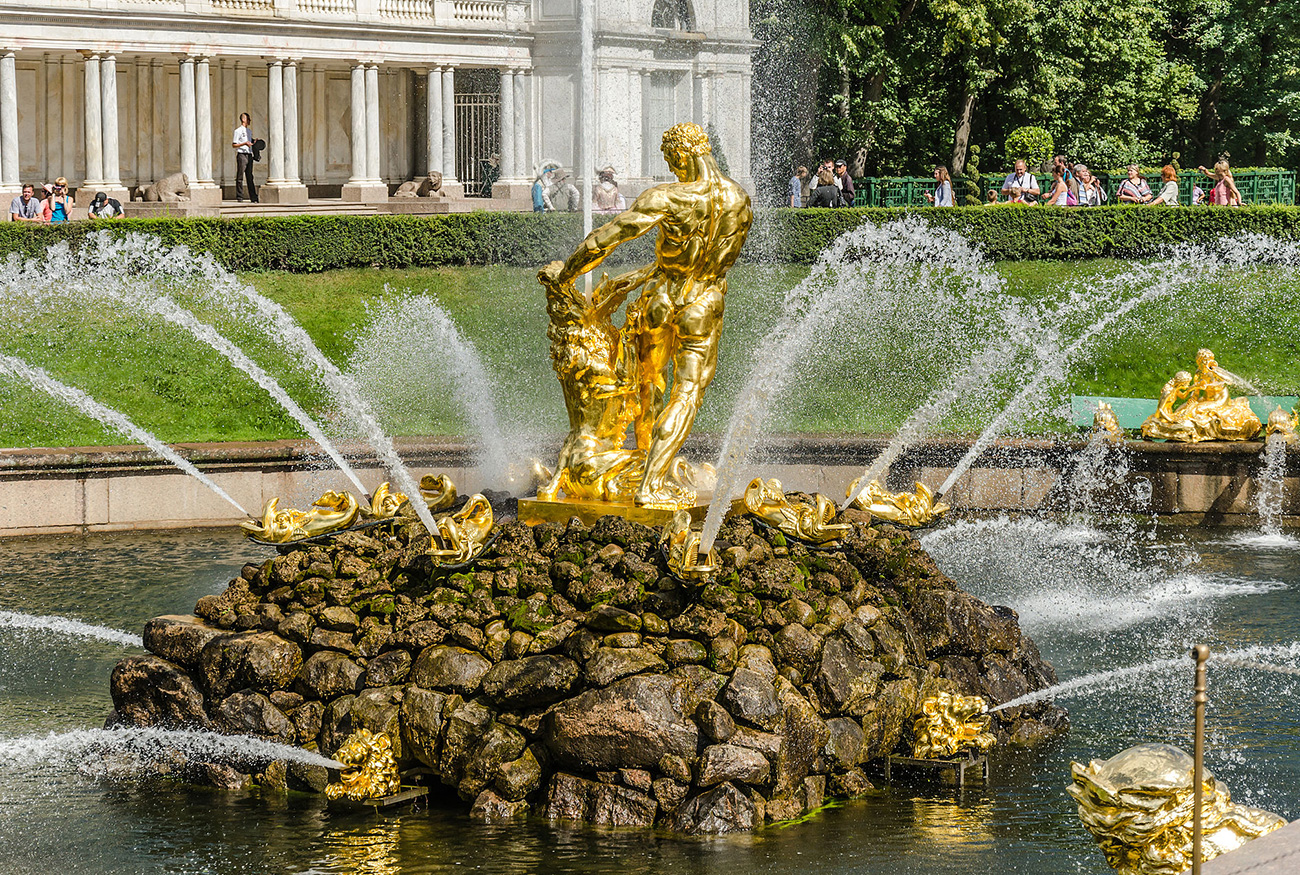 Samson / Wikipedia
Samson / Wikipedia
One of the most significant fountains in Russia is currently under reconstruction. The Stone Flower Fountain was built in 1954 during the opening of Moscow’s VDNH Park. Up to 1,000 streams spurt simultaneously to the musical accompaniment of the “Festive Overture” by composer Dmitri Shostakovich.
The Flower Fountain is a matter of pride, and for a short time it gave the USSR the position of first place in the field of fountains. At the time, it was the world’s first sound-to-light fountain.
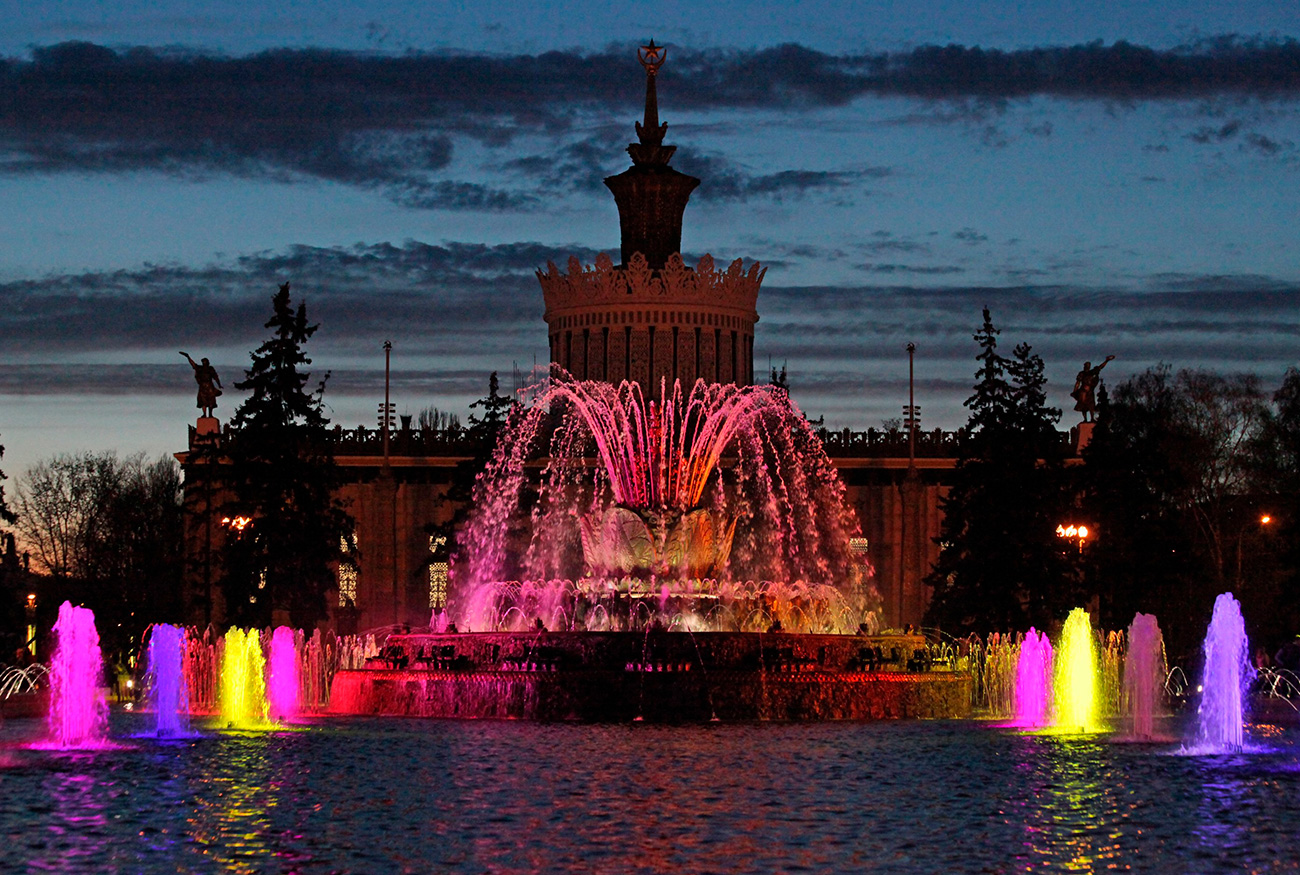 Stone Flower / Moskva Agency
Stone Flower / Moskva Agency
Another important site in VDNH is the Friendship of Peoples Fountain, and it remains the country’s leading fountain. Indeed, the project’s plans named it precisely as, “The Main Fountain.” Originally, a monument to Stalin was supposed to be built there, but in 1954 his personality cult ended and the fountain was placed there instead. After the Kremlin, it’s one of the most frequently photographed sites by tourists.
Around the fountain are 16 gold-leafed girls in national clothes. Each symbolizes the 16 Soviet republics. In the center are huge sheafs that feature the main crops at that time: wheat, sunflowers and hemp.
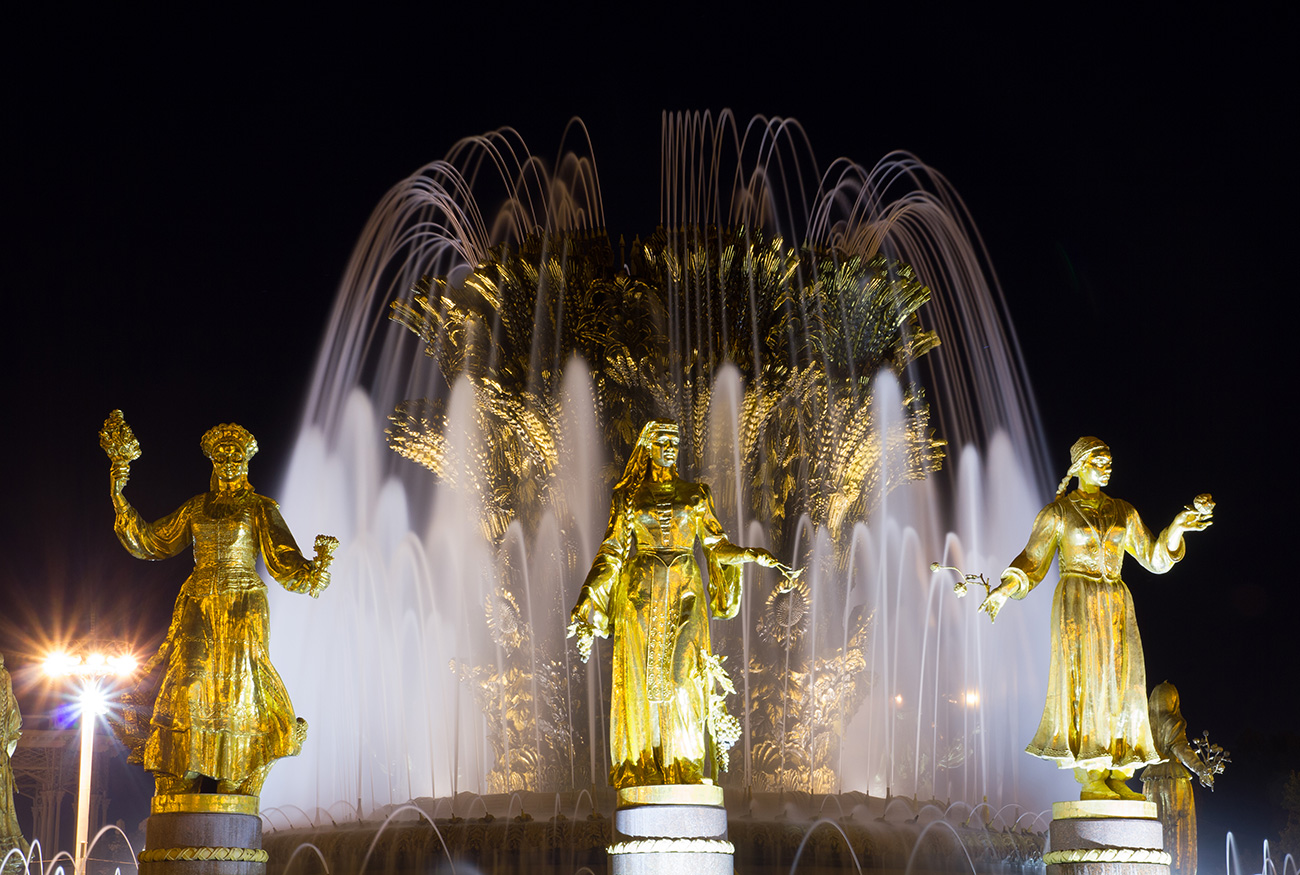 Friendship of Peoples / Wikipedia
Friendship of Peoples / Wikipedia
The combat of two bronze life-sized aurochs is more than 100 years old, and was originally created by German sculptor August Gaul for the city of Königsberg in 1912 (present-day Kaliningrad – 1,260 km west of Moscow). The locals named it “the prosecutor and the defender,” but Gaul didn’t like allegories and insisted that it’s just aurochs.
Since the 1970s there’s been an annual “fight” over the fountain. Before Easter, certain unknown people try to color the aurochs’ genitals (in Soviet times – red; but later in bright green), and police try to catch the vandals. Patrols near the fountain are never able to catch “the painters,” who over the years are suspected to be students.
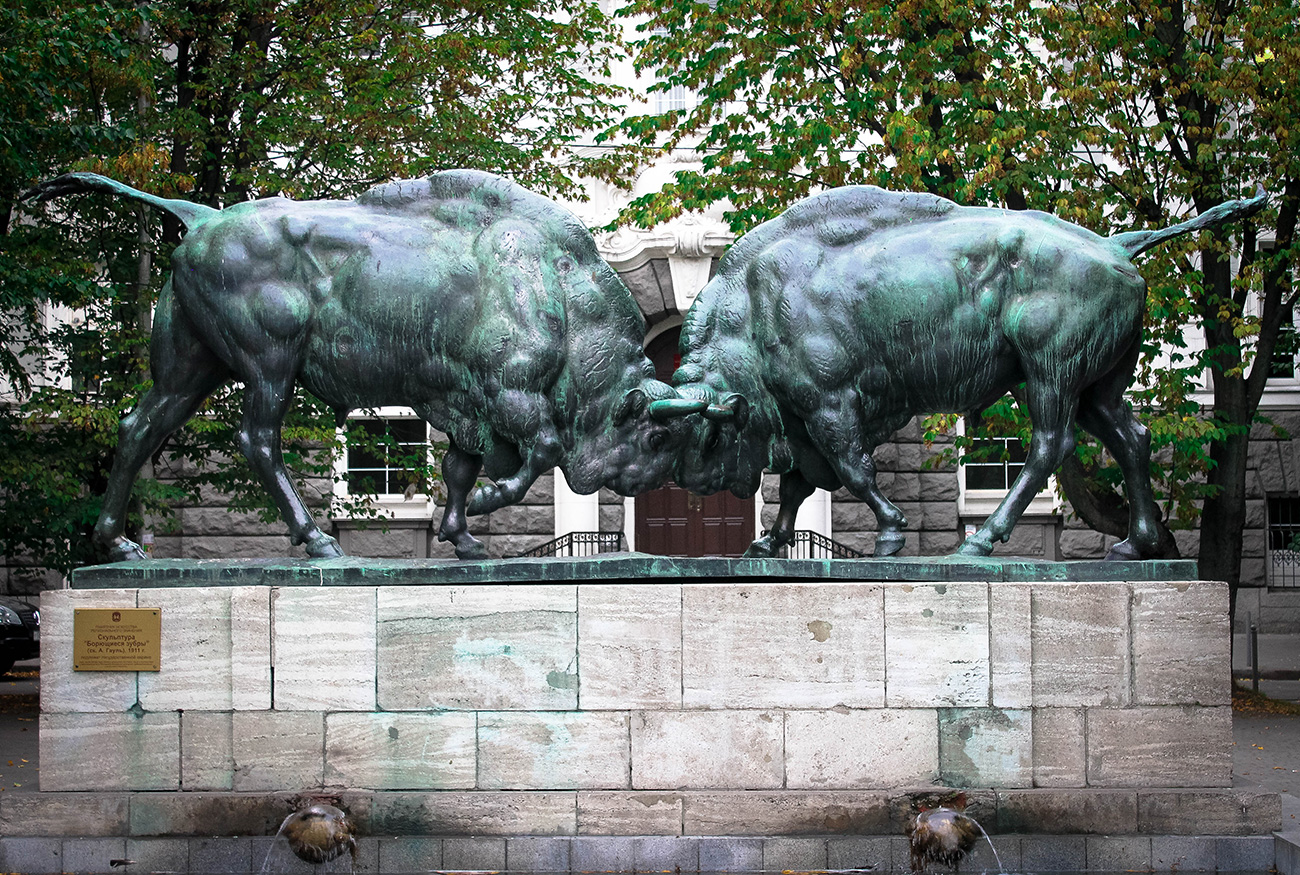 Fighting Aurochs / Wikipedia
Fighting Aurochs / Wikipedia
The lonely stream is a typical fountain in Russian cities. Someone probably decided that the sight of only water emerging from the Earth is beautiful in itself.
The Muravyov Fountain situated in the small city of Staraya Russa in the Novgorod Region (570 km northwest of Moscow) takes first place because its stream is not just water but in fact a mineral spring, and considered the most powerful in Europe. This is why it’s the city symbol and is depicted on all souvenirs.
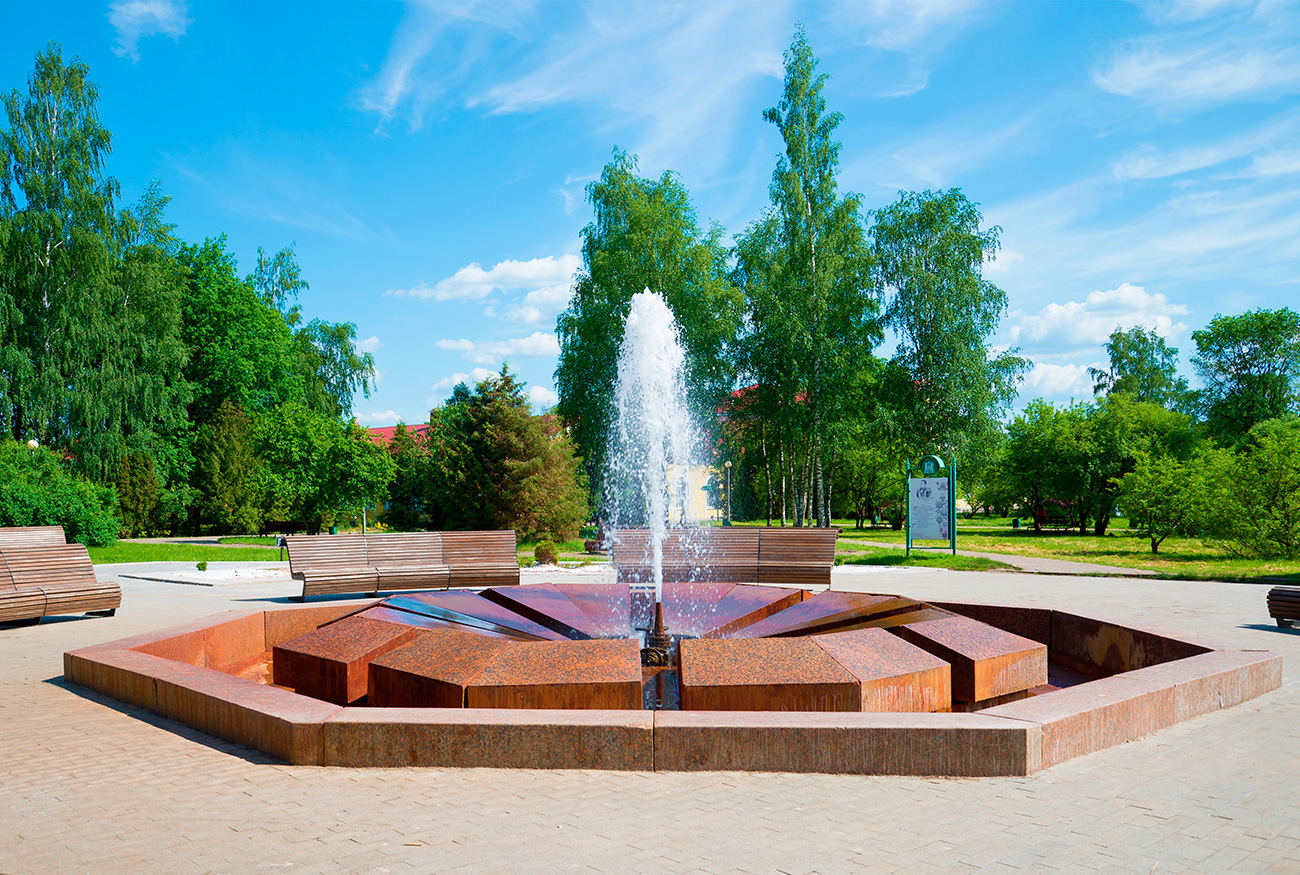 Muravyov Fountain / Legion Media
Muravyov Fountain / Legion Media
In the city of Dmitrov near Moscow, Zhduns (those who wait) appeared here in 2003 as a tribute to the past when the city was surrounded by swamps in the 19th century.
This fountain commemorates the fairy tale hero in The Frog Princess, who waits for her prince. The figures exhibit despondency– one leans on its elbows, while the other sits with legs wide open.
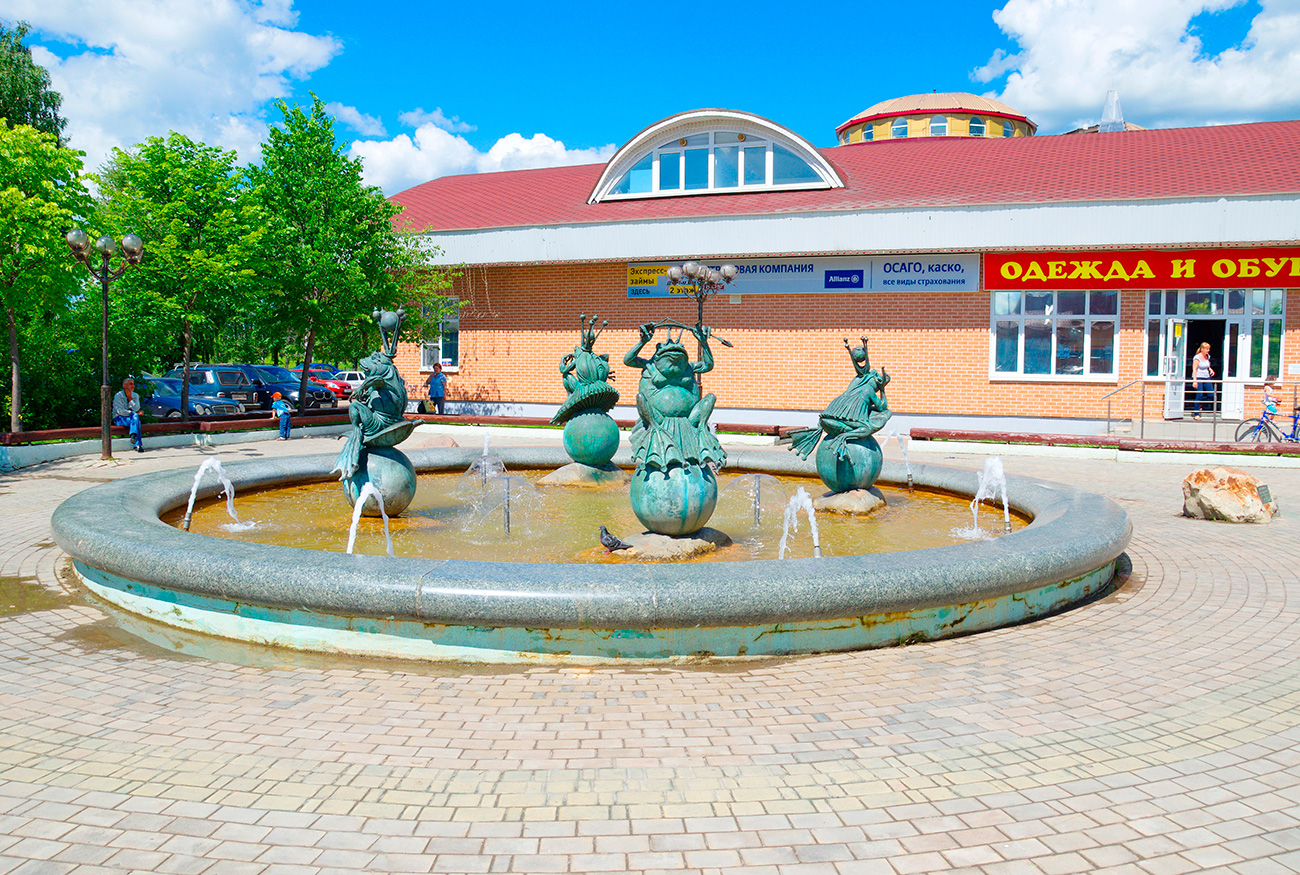 Waiting Fountain / Legion Media
Waiting Fountain / Legion Media
Pug chases the poor ducks – tourists love this one. This Peterhof fountain was built by order of Catherine I in 1725, inspired by the fable, “Ducks and Poodle,” which was written by Jean de La Fontaine. All the figures are running around - the ducks are quacking and the dog is barking. The sounds from this secluded corner of the Lower Gardens is a magnet for visitors.
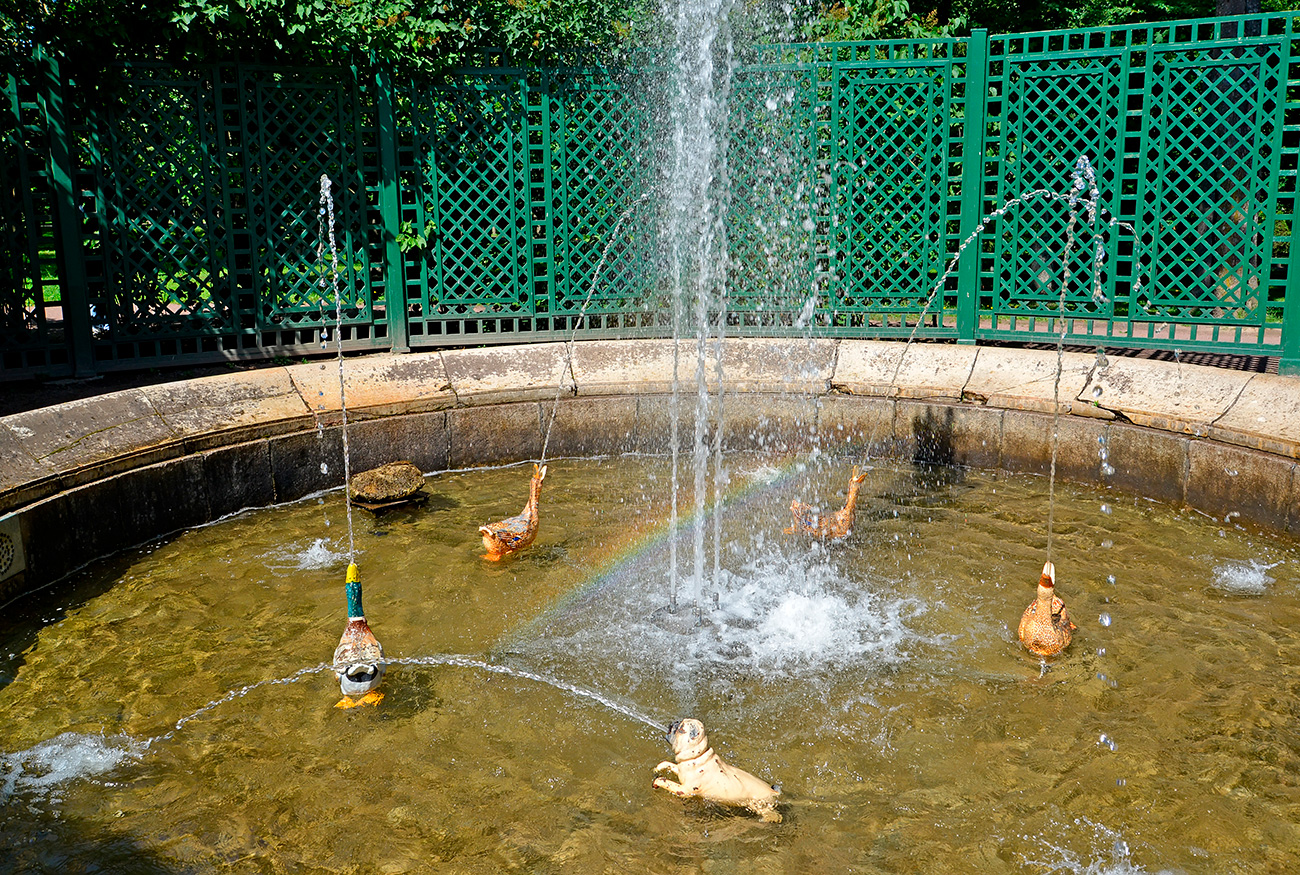 Favorite Fountain / Legion Media
Favorite Fountain / Legion Media
This one in the Southeast District of Moscow is made of huge pipes, and a pyramidal “Wreath of Victory.” It appeared in 2005 as part of the commemoration of the 60th anniversary of the victory in the Second World War. The collective project symbolizes, according to its authors, the music performed during the war and the original victory celebration.
The fountain holds Russia’s record for the number of lights used during festive events.
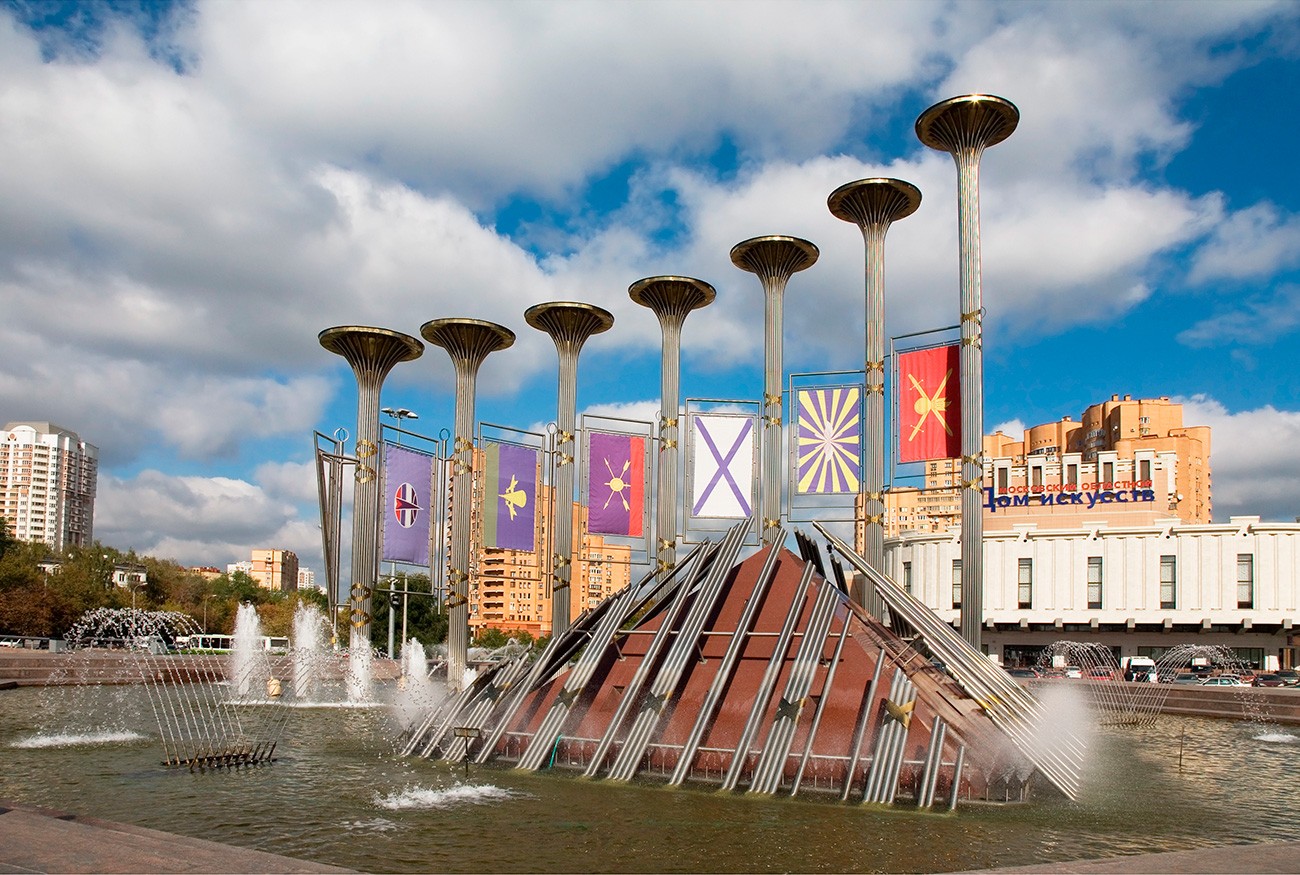 Music Glory Fountain / Legion Media
Music Glory Fountain / Legion Media
If using any of Russia Beyond's content, partly or in full, always provide an active hyperlink to the original material.
Subscribe
to our newsletter!
Get the week's best stories straight to your inbox